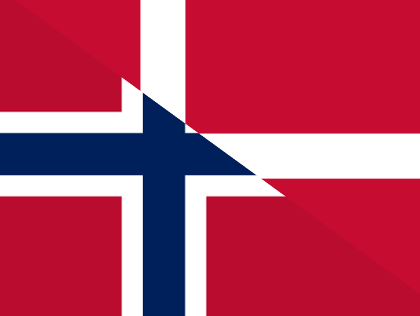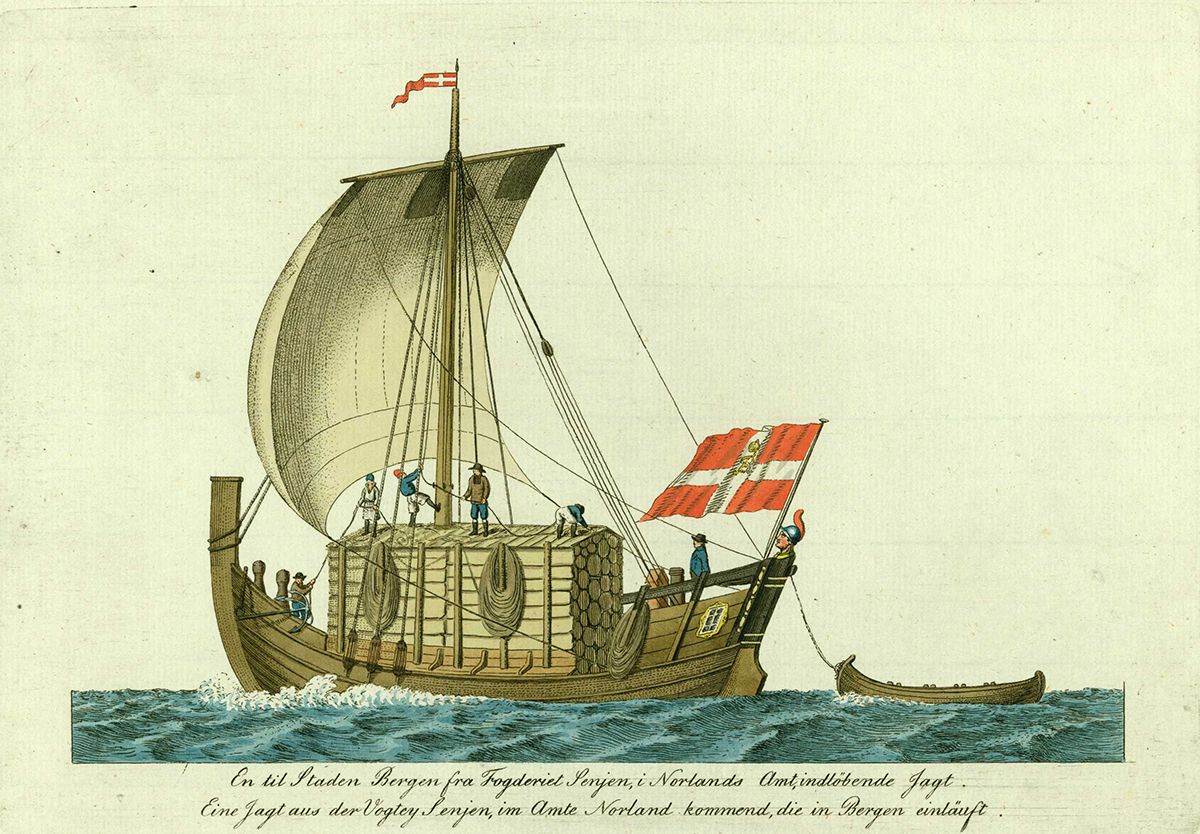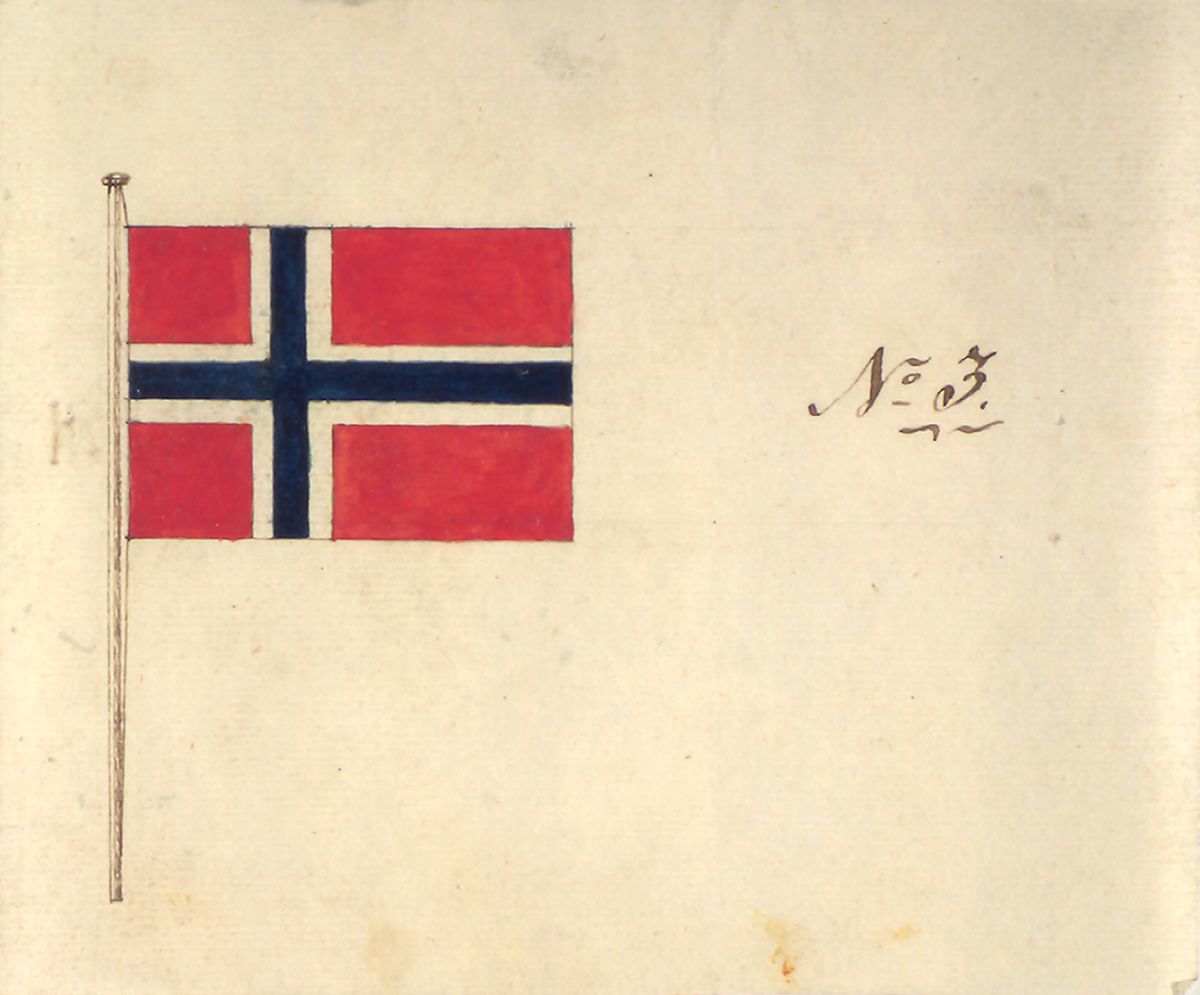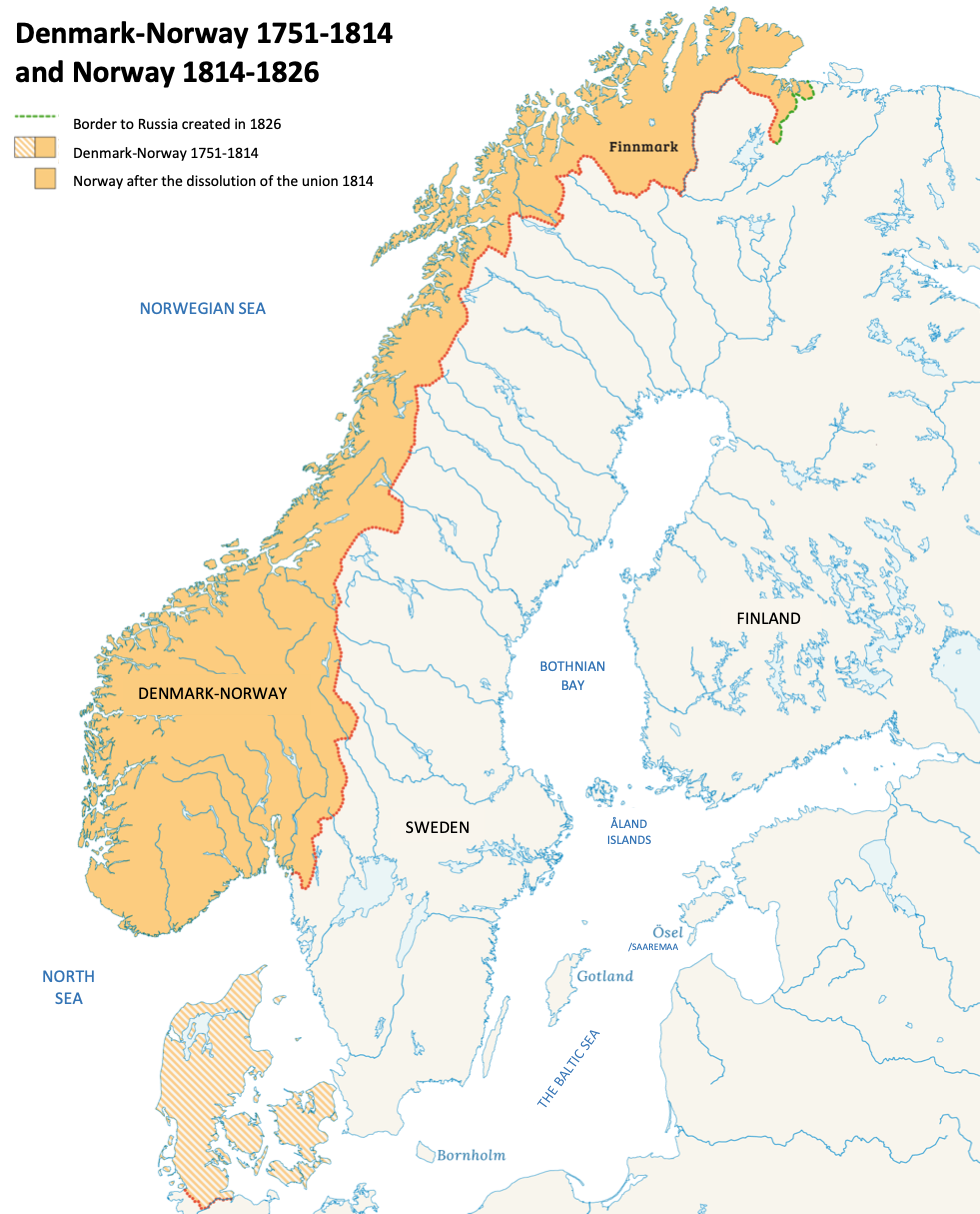Norway in 1800: A half-Danish nation?
Denmark lost the territory of Norway during the Napoleonic wars in 1814. Prior to that, Norway had been in union with Denmark from as far back as 1380 during which time Norway had retained many cultural and political aspects that were undoubtedly Norwegian, rather than Danish. However, Danish politics, culture and language dominated, arguably making Norway a ‘half-Danish nation’.

What exactly was Norway in 1800?
Even before 1814, when the union with Denmark came to an end, people perceived themselves as Norwegian, and there was a geographical area that was historically called Norway. Beyond these factors, it was nevertheless difficult to explain what ‘Norway’ and all things Norwegian actually were. There needed to be a point to Norway: As a concept, Norway had survived from the Middle Ages, but what else made it into a country in its own right?
Differences between Denmark and Norway
The differences between what was Danish and Norwegian concerned nature, language and everyday life. Anyone could see that Norway's landscapes were dramatically different from Danish ones. Everyone was able to hear the difference between the Norwegian and Danish languages. A Norwegian in Copenhagen or a Dane visiting a Norwegian town could be easily distinguished. In the Norwegian countryside, customs and traditions that separated it from Denmark had also been preserved. Awareness of the inequalities between Denmark and Norway and the fact that Norway had once been an independent kingdom stimulated the growth of Norwegian self-consciousness and identity in the 18th century.

The kingdom of Norway – a colony?
Throughout the Danish era, Norway had nevertheless become so ‘danicised’ that it is possible to speak of a half-Danish nation. The written language was purely Danish. High culture, including literature, theatre, art and music, was brought over from or via Denmark. The government, the civil service and bureaucracy also came from Denmark, thanks in part to Danish immigrants. A Lutheran state church was introduced by Danish coercion. In modern terms, this can hardly be called anything but a broad political and cultural colonisation process.
The Danish Royal Law of 1665 referred to Norway as a kingdom. But these were largely just pretty words to adorn a pompous royal power. Norway and its inhabitants were ruled as part of a unitary state and were directly subordinate to the King in Copenhagen. The state was always referred to as Denmark or the Danish kingdom. The term Denmark-Norway (with a hyphen) used today is a modern term that was not then in use.
Royal power
The Crown had an economic, cultural and military interest in treating Norway as a province or colony. A few distinctive institutions existed, such as the village assemblies (ting), Christian V’s Norwegian Law and a Norwegian army. But in principle, the king had unequivocal power over all this. Some special arrangements were retained because Norway was some distance from the centre of power. But the tendency of the Danish state was in the direction of centralised control. Norway was not unique. Similar processes that were taking place in other parts of Europe, such as in Ireland, Scotland and area around what is now known as the Czech Republic.
Norway: a mix of backgrounds
As a result, Norwegian society around 1800 had become a national mix. The elite shared common ground with Denmark through positions of responsibility, education and high culture. Within the bureaucratic classes as well as the common people, so many family ties between Danes and Norwegians had emerged that it was more or less window dressing to declare oneself "Norwegian" or "Danish". Many were both, and they of course continued to be after 1814.
Norwegian national identity
However, among the ordinary people, many older Norwegian traditions had been upheld. This caused a schism in the understanding of Norwegian national heritage which has had lasting consequences for Norwegians’ understanding of what is actually Norwegian. Many people in Norway felt uncomfortable being indebted to "foreign" influence, and this led to the 19th century struggle of ideas regarding Danish and Norwegian culture. Nevertheless, it proved impossible for modern Norway to dispose of all historical heritage from the Danish era.
Reconciliation with the Danish era
Like other oppressed peoples, the Norwegian population has managed to reconcile itself with its colonial relationship with Denmark. There are at least three reasons for this:
- Firstly, Danish repression was of a relatively mild form, primarily through political and cultural dominance, not war and violence.
- Secondly, the Danish era linked Norway more closely to European high culture, to the benefit and enjoyment of domestic elites.
- Thirdly, the dissolution between Denmark and Norway occurred because of external pressure, that is, the Napoleonic wars, not through an internal confrontation between lords and subjects.
All this has made it easier to accept the Danish influence in Norway.
Consequences of the subjugation
Danes and Norwegians may not have parted on the best of terms in 1814. Rather, they parted more as relatives with family ties to each other. Political and cultural quarrels continued long afterwards. But a war between the two nations has been unthinkable ever since. Thus, both nations have by enlarge been quite lucky in how their past conflicts have been settled.
Further reading:
- Øystein Rian, Sensuren i Danmark-Norge: vilkårene for offentlige ytringer 1536–181 [Censorship in Denmark-Norway: the conditions for public statements 1536–1814], (Oslo, 2014)
- Sverre Bagge & Knut Mykland, Norge i dansketiden [Norway in the Danish era], 1380–1814, Oslo 1987/1993
- Thanks go to norgeshistorie.no for allowing us to translate this article. The original article can be read in Norwegian here. It was translated into English by the nordics.info team.


